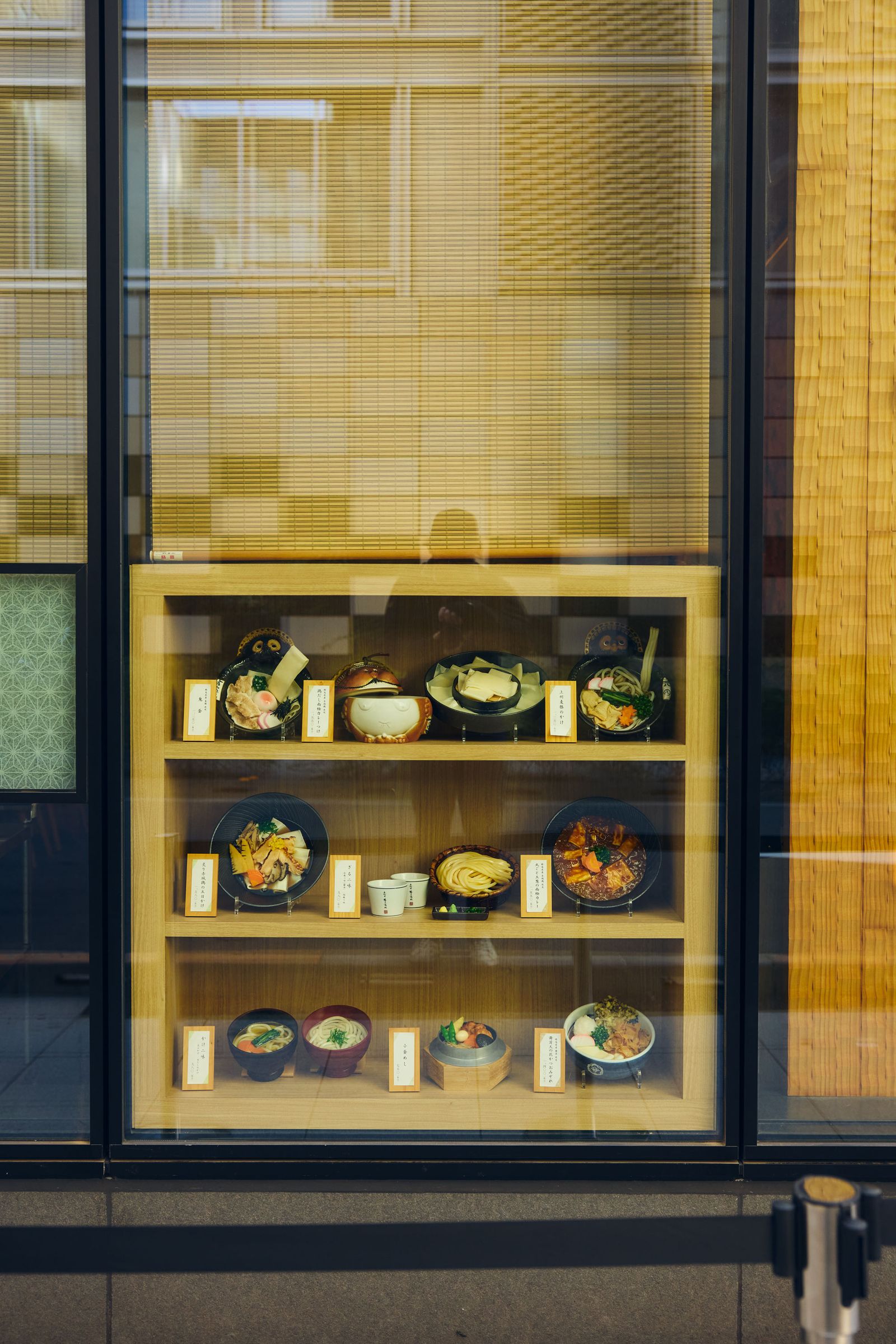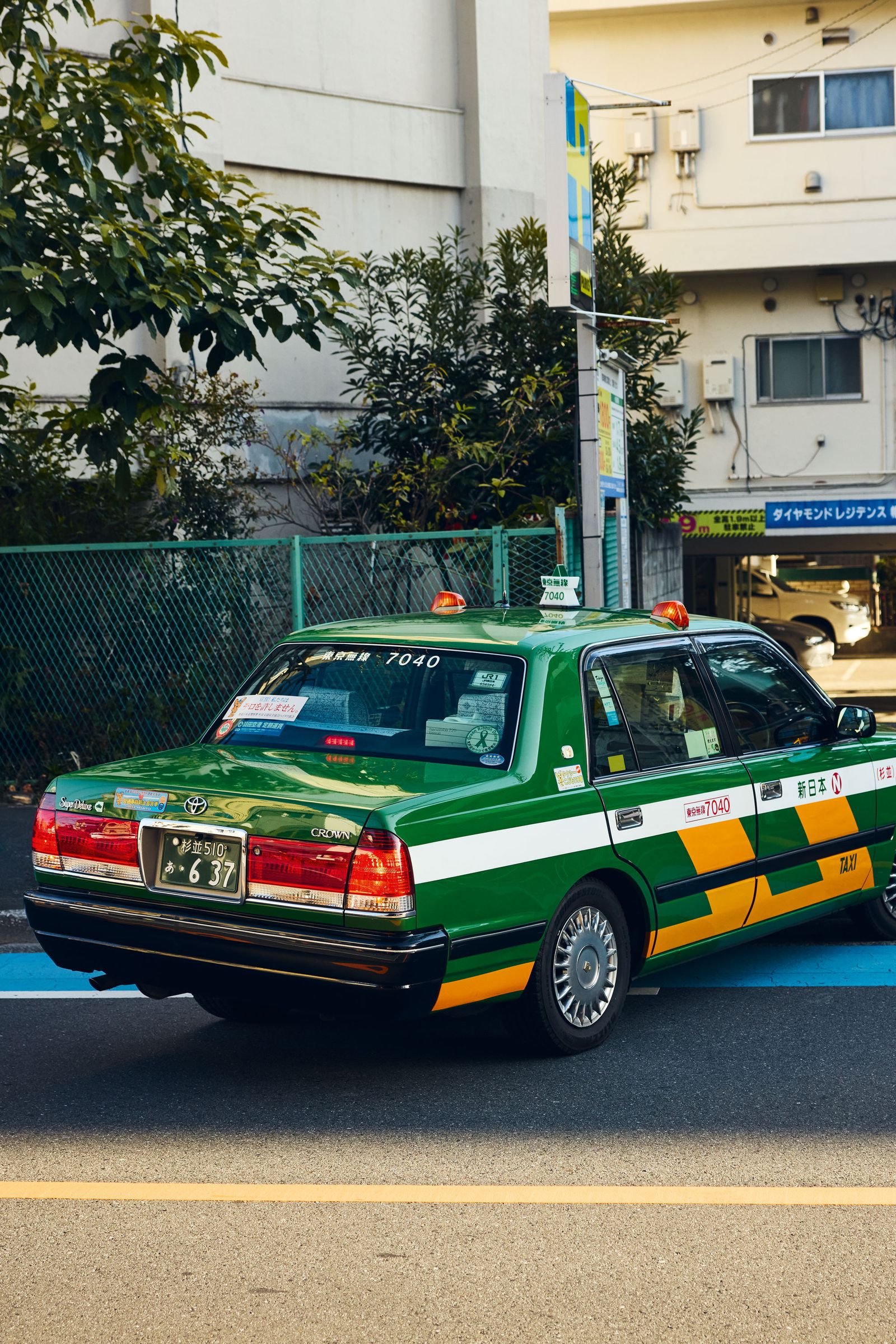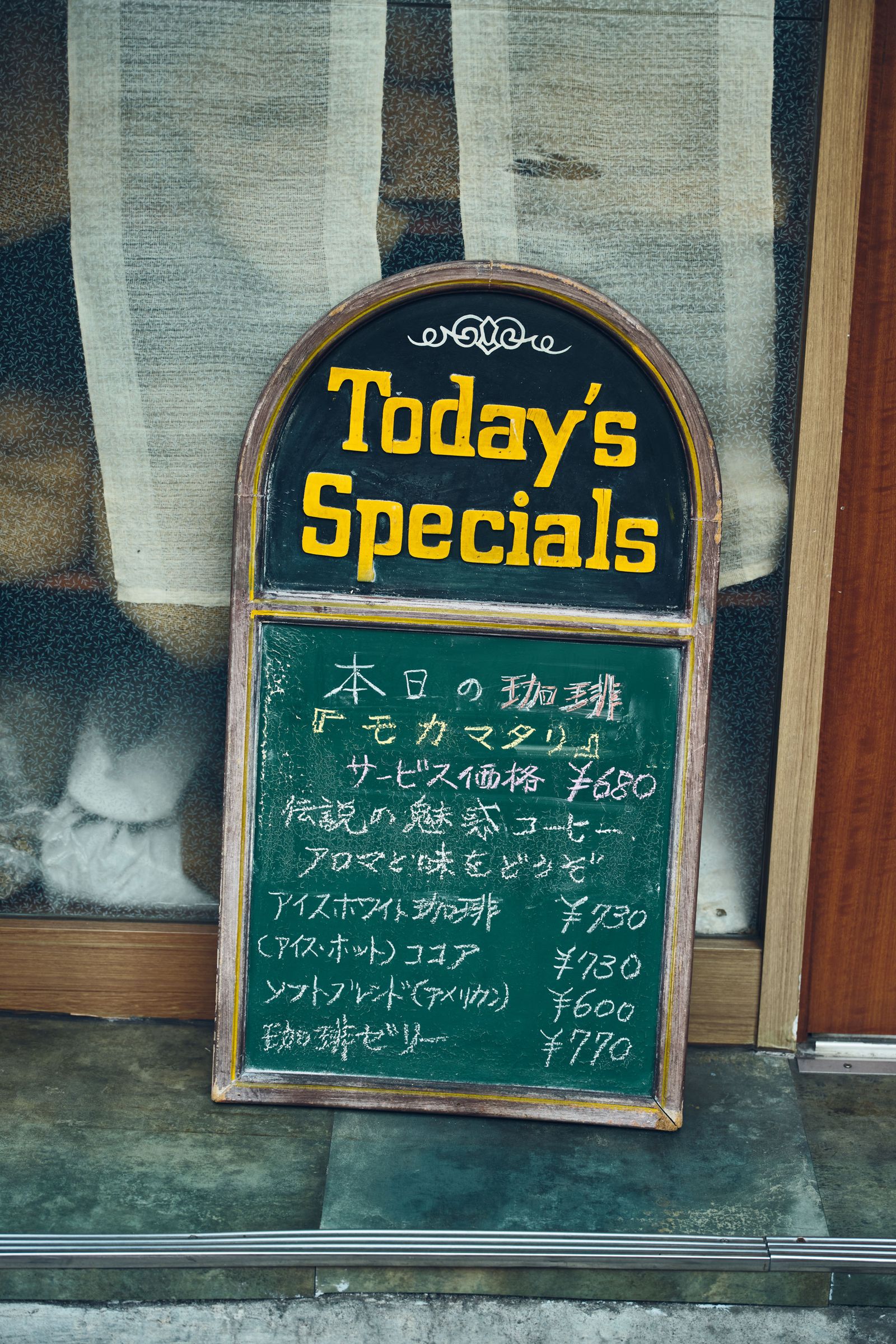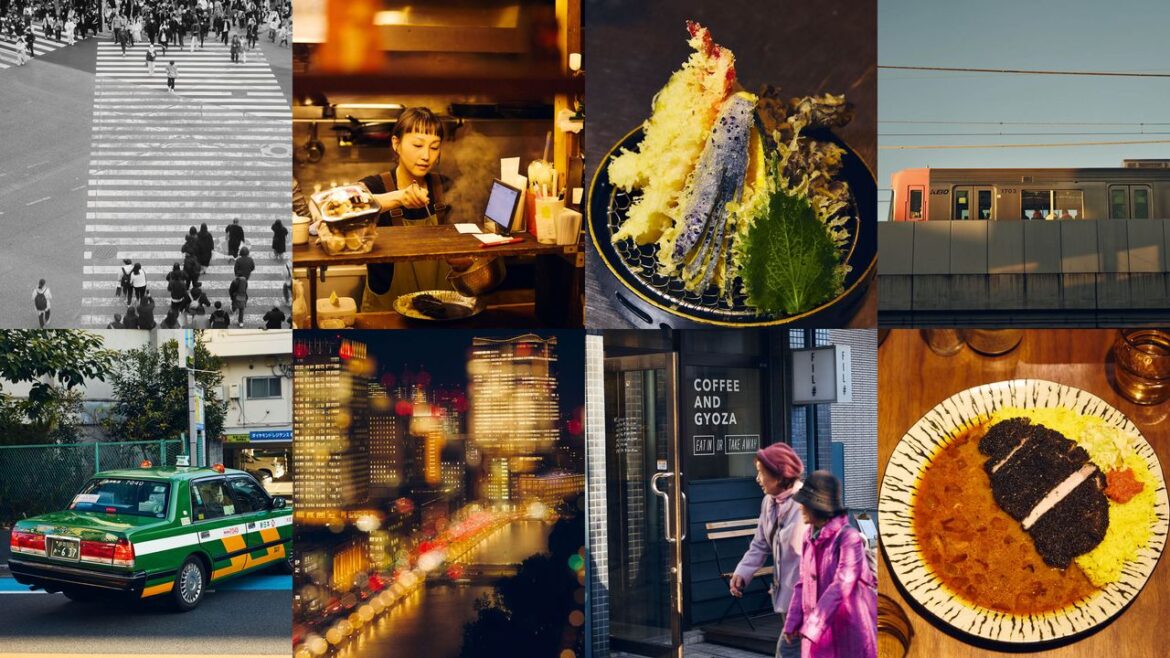It’s 5.15 pm midweek, and an orderly queue is forming outside a glass-fronted shop on a street corner in Nihonbashi, central Tokyo. A white noren curtain, the ubiquitous symbol of restaurants in Japan, flutters above its entrance as a clipboard-wielding young woman works her way along the growing line, noting the number of guests in each party. “Hitori desu,” I tell her. “Just one.” She notes it down and the queue shuffles forward towards a cabinet of food replicas that reveal, in mouthwatering faux detail, the speciality of Hanayama Udon restaurant: wide, wheat flour noodles called oni-himokawa.

Hanayama Udon’s window displayGraydon Herriott
Such meals evoke nostalgia in Tokyoites for what they ate in their hometowns
Fifteen minutes later, the first of us file in excitedly as the queue continues to grow. It’s a scene replicated across Tokyo every lunchtime and evening as locals go in search of low-cost, high-quality favourites such as udon, ramen, gyoza, yakisoba and yakitori: dishes collectively known as B-kyū gurume, or B-grade gourmet, a term coined in the 1980s by Tokyo food writer Ryuji Tazawa. These dishes occupy a special place in the hearts and stomachs of the Japanese. Served in one-off restaurants and specialist small chains, B-kyū gurume is associated with regional cuisine but also some yōshoku – foods of Western origin – that Japan has long since made its own. For Tokyoites such meals evoke nostalgia for what they ate in their hometowns or childhoods, and the best attract long lines.

Tokyo city taxiGraydon Herriott

Specials boardGraydon Herriott
Which is why the next morning, I find myself standing in another one, this time outside the Tsukemen Kinryu noodle shop in Kanda. The queue grows. “The people behind us will be feeling anxious,” smiles my companion, Brian MacDuckston. “The unwritten rule of ramen shops – especially those with a line – is that you go in, you order, you eat and you leave. Tourists tend to slow up the proceedings.”
MacDuckston should know. A long-term Tokyo resident, he is a ramen expert and guide to the city’s casual-dining scene. We have been introduced to each other by the team at the five-star Palace Hotel Tokyo, which has launched an Insider’s B-kyū Gurume tour for its guests. While the hotel’s six fine dining restaurants showcase top-end cuisine (two of them have Michelin stars), its tour reveals the enticing flipside. “People know about three-star sushi chefs, but then Tokyo has all these great, approachable places that focus on quality ingredients and do just one thing – much of that is B-kyū gurume,” explains MacDuckston.


AloJapan.com